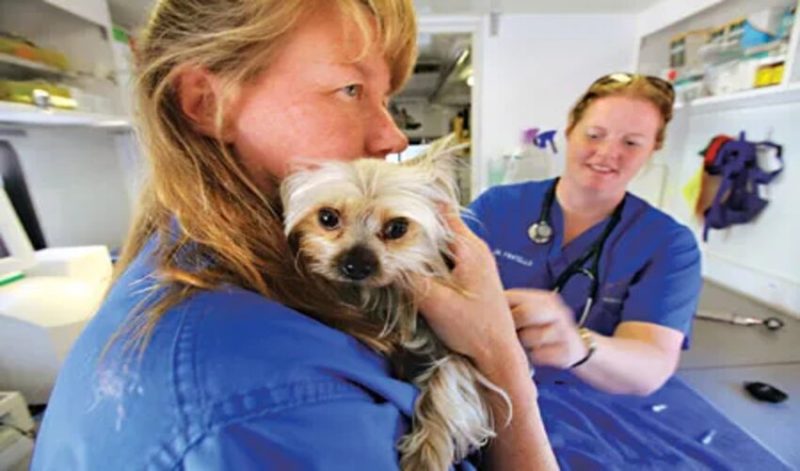
From Passion to Profit: Exploring Business Models in Animal Care and Supplies
The global pet care industry is among the most robust and fastest-growing sectors in the world. According to Zippia, the animal care sector is valued at $222.93 billion internationally and worth almost $77 billion in the U.S. alone.
About 70% of American households own at least one pet. That comprises 90.5 million homes. Entrepreneurs in all 50 states are building businesses and turning profits with excellent margins via many permutations within the pet care market.
Some examples include dog grooming, making pet treats (chewy bones, etc.), selling artisan “special diet” cat foods, pet boarding/sitting, dog walking, pet photography, creating boutique pet toys, and much more.
Each lane has its own business model. Let’s take a brief look at some of these pet care business models:
Dog Grooming
Grooming dogs is simply an excellent business these days, with a high demand for services even in areas of dense competition.
The three basic business models for dog grooming are:
A. At Home
The business owner sets up a dog salon in their residence. To be successful, this can’t be a kitchen table or an ordinary spare bedroom but a space that’s as professional as possible with clean stainless steel (or similar) tables, kennels, harnesses, comfortable dog “waiting rooms” and more.
B. Brick-and-Mortar Shop
Renting or owning a traditional storefront means this kind of service is advanced and highly professional. A storefront location most often means a grooming team. More income is needed to pay the expense of a street location. Some pet owners prefer a convenient location to drop off a pet for a trim while the owner runs other errands around town.
Pet groomers can also add secondary streams of income by selling dog shampoos, collars, pet clothing, treats, food, supplements and more. Another way to dramatically increase potential in this category is to explore opportunities for pet store franchises.
C. Mobile Dog Grooming Service
This is a fantastic way to compete and garner a large client base fast. It’s far more convenient for the pet owner when the grooming service comes to the client’s doorstep and serves the pet in the comfort of its familiar surroundings. It saves time and energy and is attractive to busy pet owners.
Dog Treat Business
A pet treat business can be launched with a $3,000 to $10,000 investment. The potential earnings average between $57,000 to $390,000 for a small, private start-up operation.
The pros of a dog treat operation are:
- Relatively low start-up cost
- Excellent profit potential
- Terrific scalability, possibly to a national level
The cons are:
- More competition cropping up every day
- Stringent government regulation
Basics & Potential
The average price of a dog treat package is $11. If a self-starter works from home and sources ingredients at reasonable rates — and sells via a website –- a profit margin of 60% is common.
A new dog treat seller can expect to sell 100 units per week. That translates to about $57,000 in annual revenue. At 60%, the profit would be about $34,000. Once established, a seller can increase sales to 250 packs per week. That brings $143,000 in annual revenue and a profit of $85,000.
Cat Photography
Now let’s look at a business model for America’s “other” favorite pet –- cats!
Taking professional photos of cats is a growing trade, thanks in part to extreme interest in getting great social media posts. But there are other lanes, as well, such as taking photos for other pet care businesses like cat food and cat toy sellers. The latter need professional-grade photos to help market their products for cats.
Pros
- Can be a major asset for building huge social media followings
- Flexible work hours
- Highly creative work
Cons
- Some cat photographers work long hours
- More difficult to find customers and build a repeat client base
The top earners in pet photography make about $55,000 a year. Those in the 75th percentile earn $44.500. The mean average is $34,757. Those in the lowest 25th percentile earn $25,000 a year.
A True Growth Industry
The pet care sector is among the brightest spots in the self-start entrepreneur economy. The earnings potential, the robust and growing demand and the generally low start-up costs make this a wonderful opportunity for potentially millions of people.

Aimee Garcia is a senior editor at ReadDive. She has 5+ years of experience in Digital Marketing. She has worked with different IT companies.
